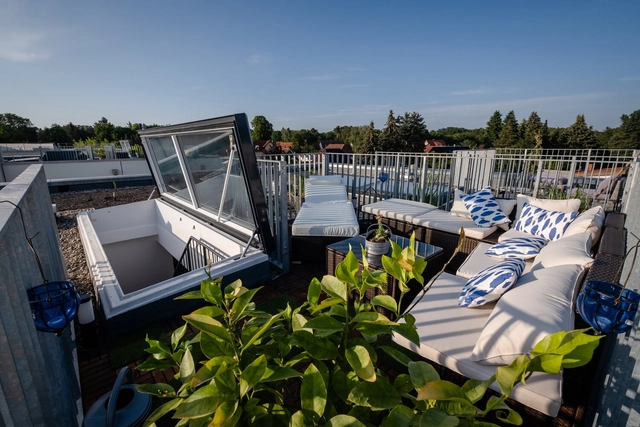
Humanity has inhabited cities for millennia and witnessed a shift to a predominantly urban global population since 2010. Throughout this time, it has repeatedly come up with creative solutions to ease the challenges of living in urban environments. The “fifth façade," as Le Corbusier proposed, is a yearning for serenity, greenery and space, and is currently experiencing a growth in popularity, with people transforming rooftops into serene sanctuaries as one way to achieve it. Especially in densely populated areas, the attraction of roof terraces is undeniable, offering a break from the frenetic pace of urban life and a deeper connection with nature.
However, access to these spaces requires care, especially when it breaks through the roof slab. This requires seamless integration with the space below, technology to enable water-tightness and visual connection, along with easy handling for opening and closing. Designed with functionality and aesthetics in mind, these access hatches can integrate seamlessly into the roofscape, offering convenient access, adding value to the property, increasing its appeal to potential buyers or tenants, and creating a symbiotic relationship between architecture and lifestyle, where innovation drives desirability.



